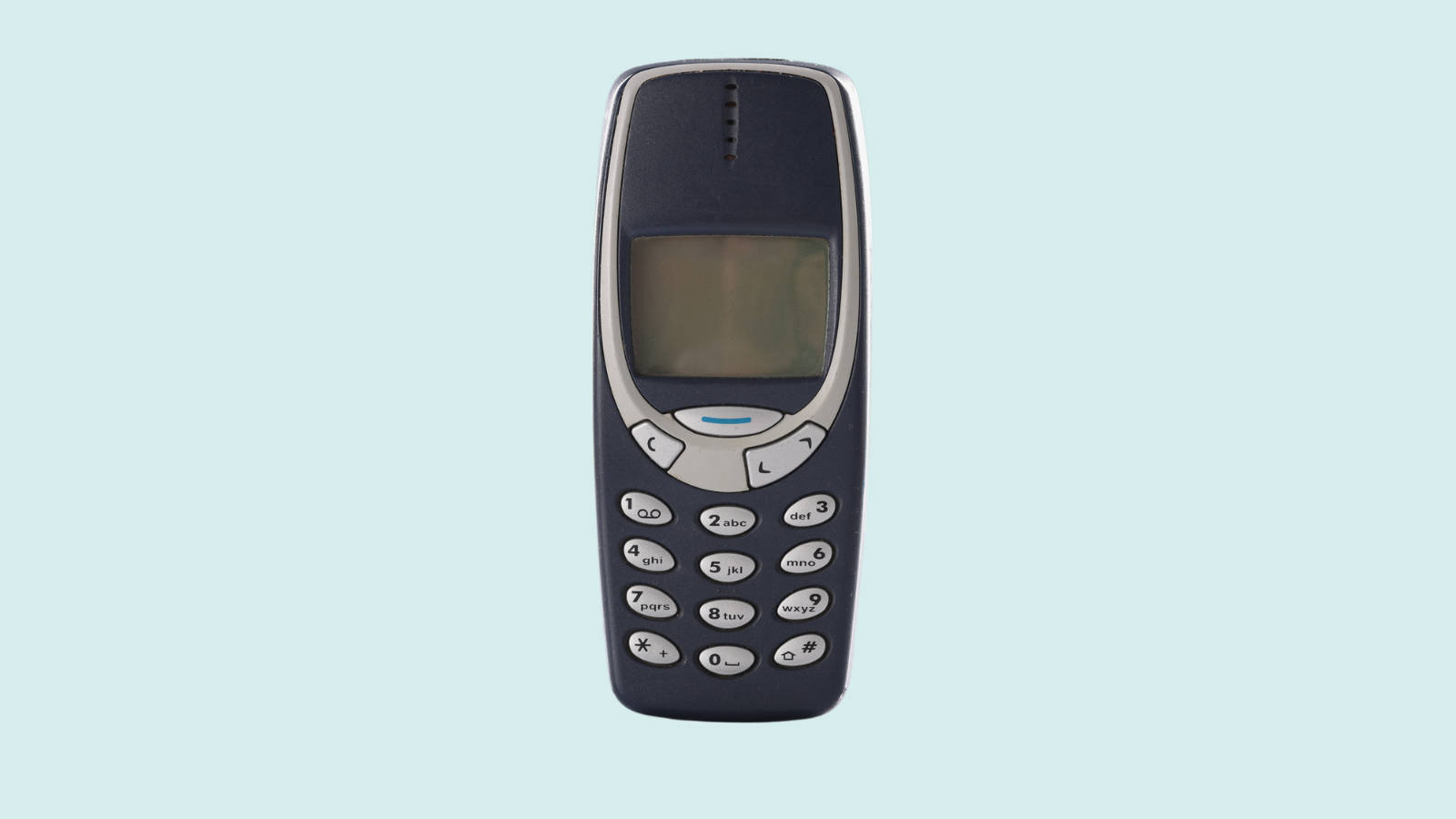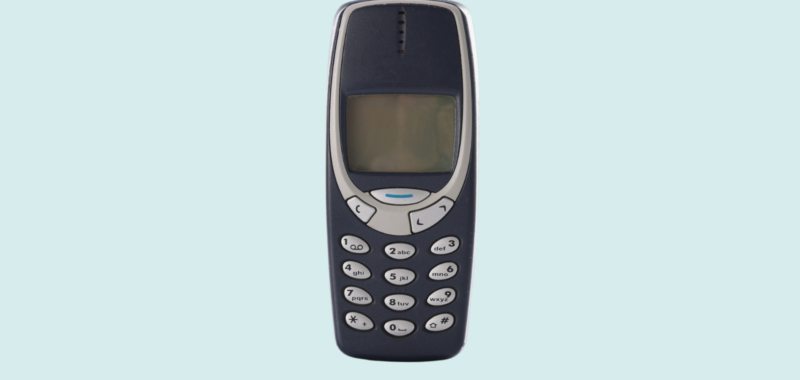
Over the last decade or so—during what has become the age of Snapchat, TikTok, and relentless notifications—capturing and maintaining student engagement feels more and more like chasing a unicorn. Some schools have responded this past year with outright bans or devices like Yondr pouches that lock phones up during the school day. But others are providing students with “dumb phones”—simplified phone models without apps, the Internet, or easy texting capabilities. The question is: Can these relics from the early 2000s really be the secret weapon to boost student engagement in classrooms today? Let’s explore.
The smartphone dilemma
Smartphones offer a lot to students. Information at their fingertips. Driving directions. Calendar reminders. Connectedness to anyone, whether at home or across the globe. Truly endless entertainment.
But we also know they are harmful. For most teachers, smartphones have been a net loss. Because the devices are so engaging, not even the clearest school directives can keep students off their phones during class.
We know smartphones are hurting kids’ minds and bodies. They hurt students’ academics too. Smartphones have even shifted social norms at school—and not for the better. Plus, we know a leading expert on youth anxiety recommends no smartphones at all until at least age 16.
Even with the knowledge of the harm smartphones cause, some schools are still resistant to outright banning student access to phones. Some schools face pressure from parents who say they should be able to contact their student at any time. Others argue that students need to learn responsible phone use and that they can’t do that if a phone is locked away from them. And finally, for many boarding schools, a solution is needed where students can still reach parents, take photos, and perform basic functions, but without the more addictive “grabby” aspects of smartphones.
Enter: the dumb phone.
Dumb phones to the rescue?
Dumb phones, or feature phones, strip back the non-essential features of phones, offering basics like calling and texting but leaving out social media, games, and apps. Let’s look at two boarding schools that have decided to provide dumb phones for students as opposed to outright bans of phones.
Last year, the Buxton School in western Massachusetts piloted a year of giving each student and staff a Light Phone. According to The Guardian, “The devices can make calls, send texts (slowly) and can’t load modern applications; instead coming with deliberately cumbersome versions of music and mapping apps. They are about the size of a deck of cards, with black and white screens.”
While students were initially opposed to the shift, most everyone at the school now agrees the decision was for the better. “There are fewer interruptions during class, more meaningful interactions around campus, and less time spent on screens.”
Another school making news for making the switch to dumb phones is Eton in the United Kingdom, arguably the world’s most elite prep school. This year, returning students will be swapping their smartphones for Nokias. According to Mashable, although it’s not yet clear which model Eton has chosen, the phones will only be able to send calls and text. While we won’t know how this shift works at Eton until next year, it’s noteworthy that the most prestigious educational institution for children has made a statement: Enough is enough.
The downsides
When it comes to limiting smartphone access at school, no solution is going to be perfect. But if schools want to provide students with dumb phones, here are some things to consider:
- They’re an investment. The Nokia and Light Phone mentioned earlier will run schools $80 and $299, respectively. It will be hard for schools already struggling with budget cuts to make that choice when Yondr pouches are $25 to $30 per student.
- On some models, it’s still possible to “tune in and tune out.” Some dumb phones still have games, music, cameras, and more. While the features will be super-simplified and clunkier to use than a smartphone, it might be enough to distract the most tech-starved students.
- Schools need to be careful that laptops don’t turn into the new smartphones. Just as we don’t want students glued to smartphone screens, we don’t want them glued to laptop or iPad screens either. Schools should evaluate the time students spend on 1:1 devices at school, how they’re using them, and whether they’re really necessary. Engagement isn’t just about removing distractions, it’s about connection.
Final thoughts
Knowing the risks for children who use smartphones, we applaud any school or district willing to investigate possible solutions to keeping phones out of schools. While dumb phones might be more expensive than other alternatives, the cost of keeping smartphones in schools is much higher—not just for student engagement, but for their overall well-being.

